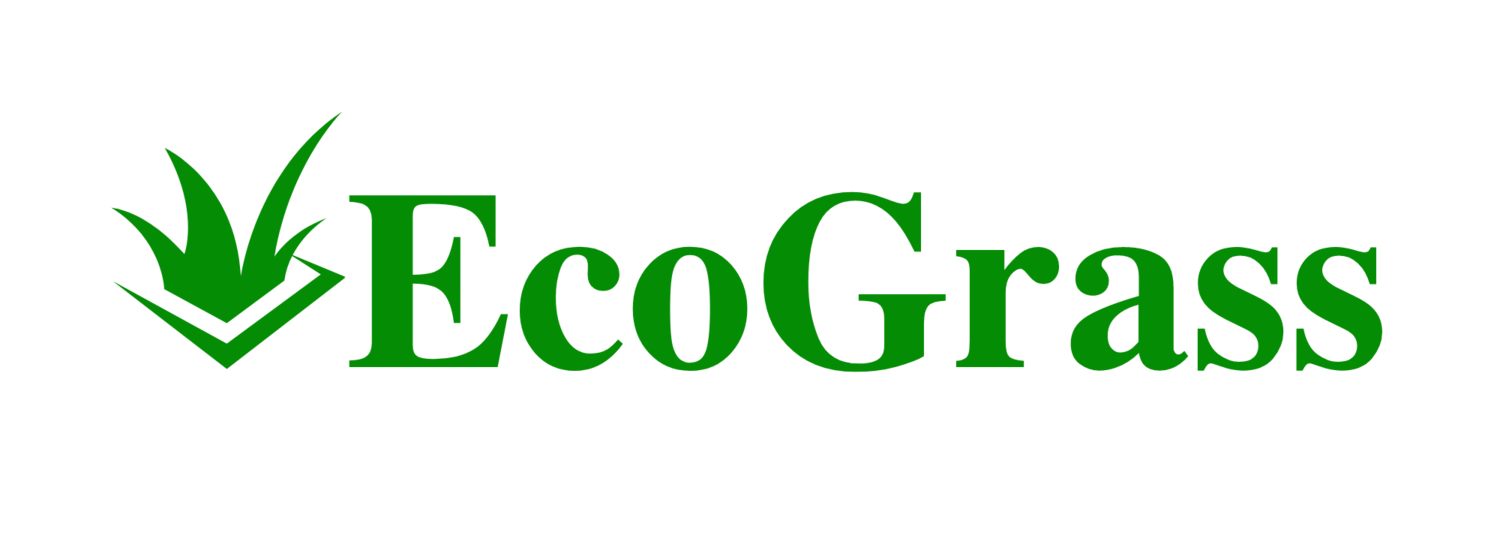Is Artificial Grass Safe for Pets?
Artificial grass has become increasingly popular among pet owners seeking a low-maintenance outdoor solution. You might be wondering if this synthetic alternative is safe for your furry friends. Artificial grass is indeed safe for pets, as it's made from non-toxic materials that won't harm your dogs or cats.
This pet-friendly option offers several advantages over natural grass. You'll find it eliminates concerns about grass seeds, which can be harmful if ingested by dogs. Artificial turf also withstands wear and tear from pet activities, resisting damage from claws and preventing digging.
While artificial grass provides a convenient and durable surface for pets, it's important to consider both its benefits and potential drawbacks. Understanding these factors will help you make an informed decision about whether artificial grass is the right choice for your pet-friendly outdoor space.
Assessment of Artificial Grass for Pet Safety
Artificial grass provides a pet-friendly alternative to natural lawns, with several key factors to consider for your furry companions' safety and well-being. Let's examine the materials, comfort, and health aspects of synthetic turf for pets.
Materials and Chemical Safety
Artificial grass is generally safe for pets due to its non-toxic composition. Most high-quality artificial turf is lead-free and does not contain harmful chemicals that could pose risks to your dogs. The materials used are typically polyethylene or polypropylene, which are inert and do not leach toxins.
When selecting artificial grass, look for products certified as pet-safe. Some brands offer antimicrobial infill options that help prevent bacterial growth and odors. These infills are designed to be non-toxic and safe for pets to walk on.
It's important to note that while artificial grass itself is safe, certain cleaning products used for maintenance may contain chemicals. Always opt for pet-friendly, non-toxic cleaners to ensure your pets' safety.
Physical Comfort and Well-being
Artificial grass can provide a comfortable surface for your pets to play and relax on. The texture is soft enough to prevent paw irritation, and many varieties are designed to feel similar to natural grass.
One concern is heat retention. On hot days, artificial grass can become warmer than natural grass. To address this:
Choose lighter colored turf to reflect more heat
Install proper infill to help regulate temperature
Provide shaded areas for your pets
The durability of artificial grass makes it resistant to digging, which can prevent injuries from sharp objects hidden in natural soil. Its even surface also reduces the risk of trips and falls for older or less mobile pets.
Health Risks and Benefits
Artificial grass offers several health benefits for pets:
Eliminates exposure to pesticides and fertilizers used on natural lawns
Reduces allergens that can affect sensitive pets
Prevents muddy paws, decreasing the risk of tracking dirt and bacteria indoors
The drainage system in quality artificial turf helps prevent standing water, reducing the breeding grounds for mosquitoes and other pests. This can lower the risk of flea and tick infestations.
Some potential health considerations include:
Ensure proper drainage to prevent urine buildup
Regular cleaning to maintain hygiene
Monitor for any signs of overheating during hot weather
By choosing high-quality, pet-specific artificial grass and maintaining it properly, you can create a safe and comfortable outdoor space for your pets.
Practical Considerations of Using Artificial Grass
Artificial grass offers several practical benefits for pet owners, but it's important to weigh various factors before making the switch. Let's explore the key aspects of installation, cost-effectiveness, and environmental impact.
Installation and Maintenance
Installing artificial grass requires proper preparation of the existing surface. You'll need to remove natural grass, level the ground, and add a base layer. Professional installation ensures proper drainage and a seamless look.
Maintenance is relatively simple. Regular brushing keeps the fibers upright. Occasional rinsing removes dust and pet waste. You won't need to mow, water, or fertilize.
For pet areas, consider antimicrobial infill to prevent odors. Some artificial grasses have built-in odor control features.
Cleaning up pet waste is straightforward. Solid waste can be picked up as usual. Liquids should be rinsed with water or a pet-safe enzymatic cleaner.
Cost Effectiveness and Longevity
The initial cost of artificial grass is higher than natural turf. However, you'll save on long-term maintenance expenses. No more spending on water, fertilizer, or lawn equipment.
Quality artificial grass can last 10-15 years with proper care. This longevity makes it a worthwhile investment for many homeowners.
Factors affecting cost include:
Quality of the turf
Size of the area
Complexity of installation
Additional features (e.g., drainage systems)
While cheaper options exist, investing in high-quality artificial grass ensures better durability and a more realistic appearance.
Environmental and Aesthetic Impact
Artificial grass eliminates the need for water, pesticides, and fertilizers. This can be beneficial in drought-prone areas or if you're looking to reduce your environmental footprint.
However, artificial turf is not biodegradable. At the end of its lifespan, it will need to be disposed of properly.
Aesthetically, modern artificial grass looks remarkably realistic. You can choose from various shades of green and blade lengths to match your preferences.
It provides a consistently lush appearance year-round, without brown patches or mud. This can enhance your outdoor space's overall look.
For indoor areas, artificial grass can create unique design elements. It's popular for pet play areas, balconies, and even accent walls.

